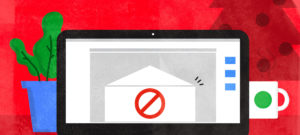Starting to sell your art as prints for people to hang on their walls is a fantastic way of getting your art noticed while making some money. Marketing tees and apparel is one thing – you can create lifestyle photography, use your friends as models and walking billboards, create style guides, etc. But how do you sell your art in an engaging way?
Here are 10 ways to sell your art
1. Offer different types of canvases
Problem: Just like some people prefer tri-blend to normal cotton tees, people also prefer different kinds of wall art.
Solution: There are some super fancy ways you can do this, like offering your art on metal or plexiglass or dinosaur bone (that’s not a thing). But you don’t have to get too crazy with it. Offering both paper wall art prints and stretched canvas in a wide variety of sizes like you can do with Artist Shops is a simple way of offering a few different types of wall art while also keeping it affordable.
2. Make it approachable to the buyer
Problem: It’s easy to think that unless you’re buying a cheap-o poster, covering your walls with art is gonna cost you a paycheck. But art on prints/stretched canvas is high quality while still being comfortably affordable. And that’s important secret to let your audience in on!
Solution: One way to alert people of this is to offer art both framed and unframed, cutting out the extra cost (and effort) of going out and finding frames for your prints. You can also use content marketing to do this, offering DIY posts like “How to Display Un-framed Wall Art” (like using clothespins or alligator clips), or “How to Make Your Apartment Artsy Chic Under $100 Dollars,” etc.

3. Display your art in coffee shops and alternative venues
Problem: Sure, having an online store is great. But you’re selling wall art – it’d be cool to sell your art while it’s publicly displayed on walls, right?
Solution: There’s an episode of Broad City where one of the main characters has her art in a “gallery show,” which ends up just being a sandwich shop displaying her art. Besides being a super funny episode, it’s also accurate: almost anywhere can be turned into a gallery.
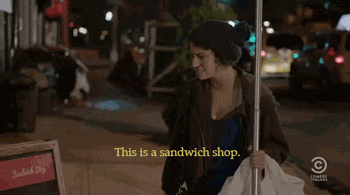
Displaying your wall art in a coffee shops/bars/alternative gallery shows that attract the audience you’re looking to attract isn’t the best way of getting a ton of money flowing in, but the goal here is exposure. Include business cards with your name and social media handles so that people can explore more of your work at home, and offer your work already framed for the venues you want to display it at. This is also a great way to build email lists at opening/closing gallery show receptions. And hey, when you can get a few IRL sales along with exposure? It’s a win-win.
4. Find creative ways to content market
Problem: We all know that posting “BUY MY ART” on social media never works. So how do you market and sell your art on social media in a non-sales-pitchy way?
Solution: If you look on most companies blogs (including Threadless), you’ll see that the posts aren’t just pushing people to buy things, but rather offer creative, share-on-Facebook-worthy content. Offering content that connects with people and offers them something too rather than just a product is key with content marketing.
I recommend starting a blog to give your content a home, or writing guest posts for sites and blogs with an audience you want to reach. It can be as simple as putting together a “How to Make Rad Patterns” post featuring WIP work of a pattern you offer in your shop (if patterns are your thing), or the DIY décor posts I mentioned in #2.
Check out these creative content examples from Threadless, Urban Outfitters, and Society 6.
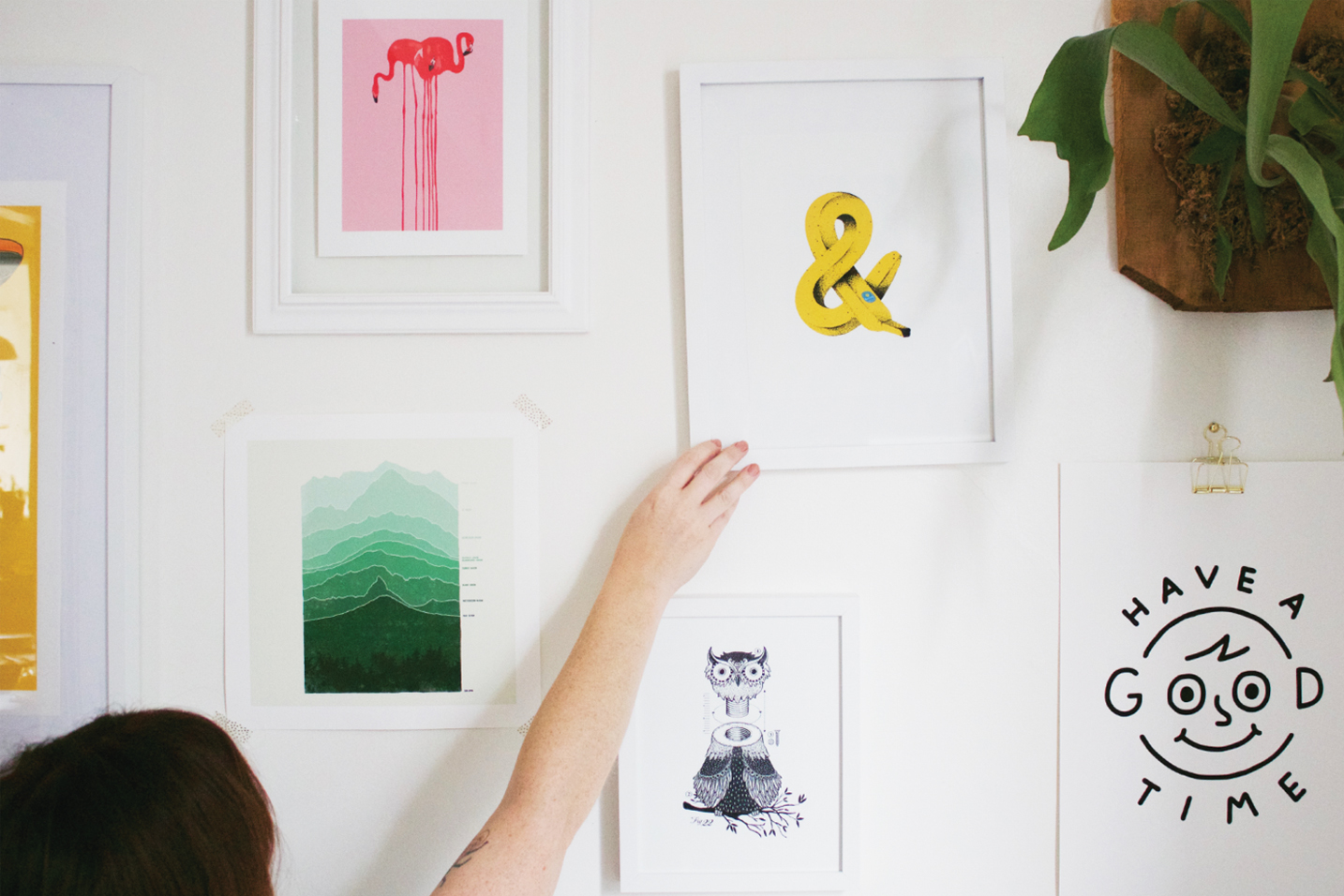
5. Reach out to bloggers
Problem: Maybe you’re not the best writer, or maybe you’re a great writer but your blog/content isn’t getting the attention it deserves.
Solution: Don’t be afraid to cold email lifestyle bloggers, Instagrammers, social media personalities in your niche, etc. who have a similar audience to your own to see if they’d like to collaborate with you. Offer to send them a free collection of wall art from your shop (and with Artist Shops, order those samples at just the base fee) if they write a guest blog post about it and take some photos. Threadless did this with Foxtail and Moss, who created a gallery wall and DIY guide for the Threadless blog that they also shared on their own site. It’s great cross-exposure and expands your audience. 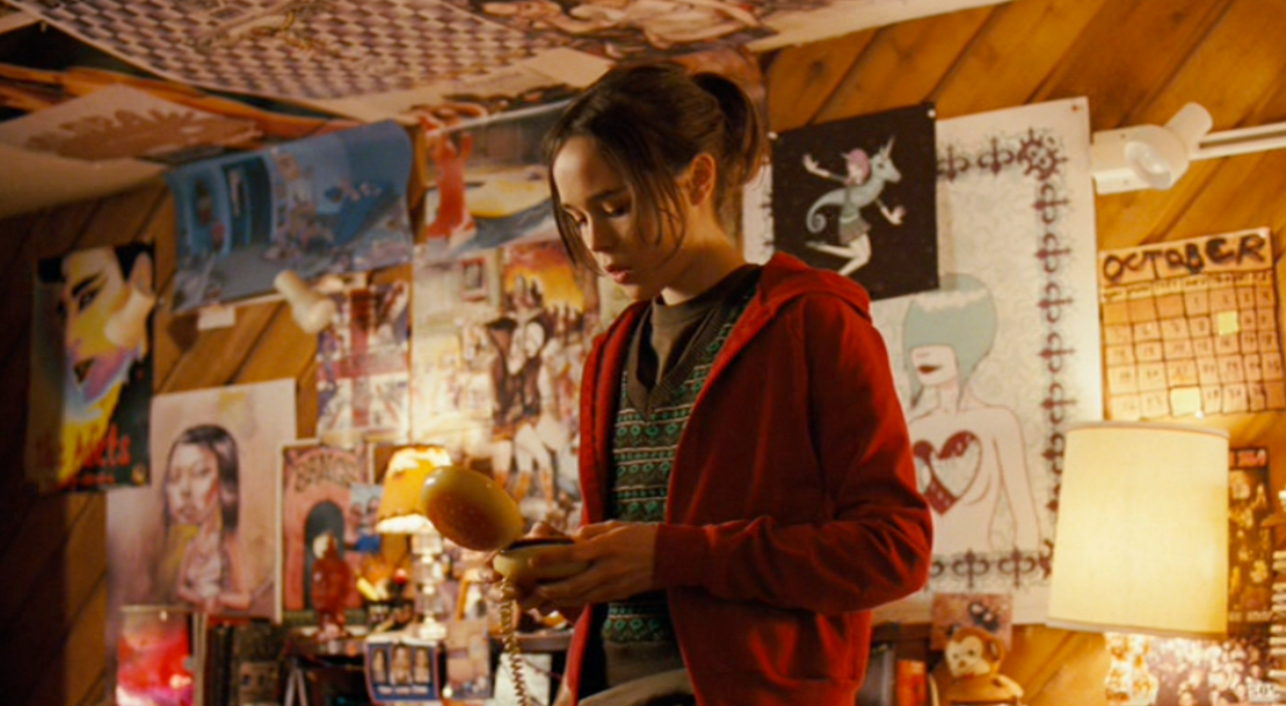
6. Indie films and music
The problem here is that all films need room decor for their sets. The solution could be your art. It may be a bit of a stretch, but it’s by no means impossible to get your art featured in films or as art for a band or show. Tara McPherson got a huge boost when a few of her designs were selected to be in Juno (the art directly behind Ellen Page in the image above). And Jen Mussari did the same when Amos Lee hired her to create their album art. Reach out to indie filmmakers, local or growing musicians, even friends who are indie filmmakers and musicians, to see if you can collaborate a little bit and cross-promote your art, or maybe do limited edition art for their film/album/concert that will then be sold with the profits split up. It’s worth a shot!
Make sure too that your art is protected from jerks who would want to steal it for their films. Check out this story for more deets.
7. Start an online shop
Problem: When you display and sell your art in local venues only, your audience is a little narrow.
Solution: This may be a given, but starting an online shop for your artwork is all but crucial nowadays. It makes your work more accessible and expands your audience – it can only help you in getting exposure and snagging sales.
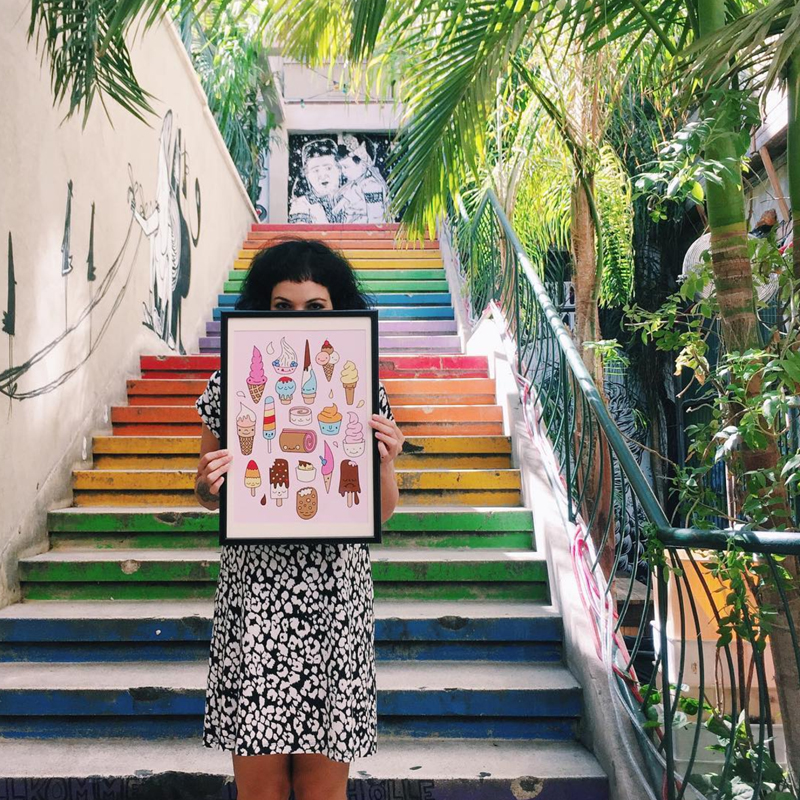
8. Photograph your wall art really well
Problem: mock-ups of your art as prints and canvases are ok…but they don’t really show off the quality of the prints, nor do they sell a lifestyle.
Solution: Take awesome photos of your wall art. Use your own home and space as a canvas for gallery walls, by taking your prints to the streets and taking pictures of them in cool areas or against cool backgrounds, etc. Quality photography of your prints is key – it draws the eye to social media posts, completes content and makes it engaging, and shows off the product’s quality. Quality of photography can make or break interest in your product and sales – don’t pass up having great shots of your work.
9. Sales on Instagram
Problem: How do you actually utilize social media to sell your products?
Solution: In this case, Instagram is a good platform to run with. Instagram is a visual medium – a fitting place to sell your wall art. PetaPixel and Forbes reported a story about a photographer who made $15,000 overnight by offering his photographs for $150 for one day only. While this photographer already had a healthy following, it’s a good example of how to use this platform creatively. Run flash sales like this, posting a great lifestyle photo of your displayed wall art and offering prints at a certain price for a limited time, or limited edition prints that will be taken down from your site after a certain date/time. You’ve seen “link in bio” before – include your online shop link in your Instagram bio so that people always know where to find your stuff.
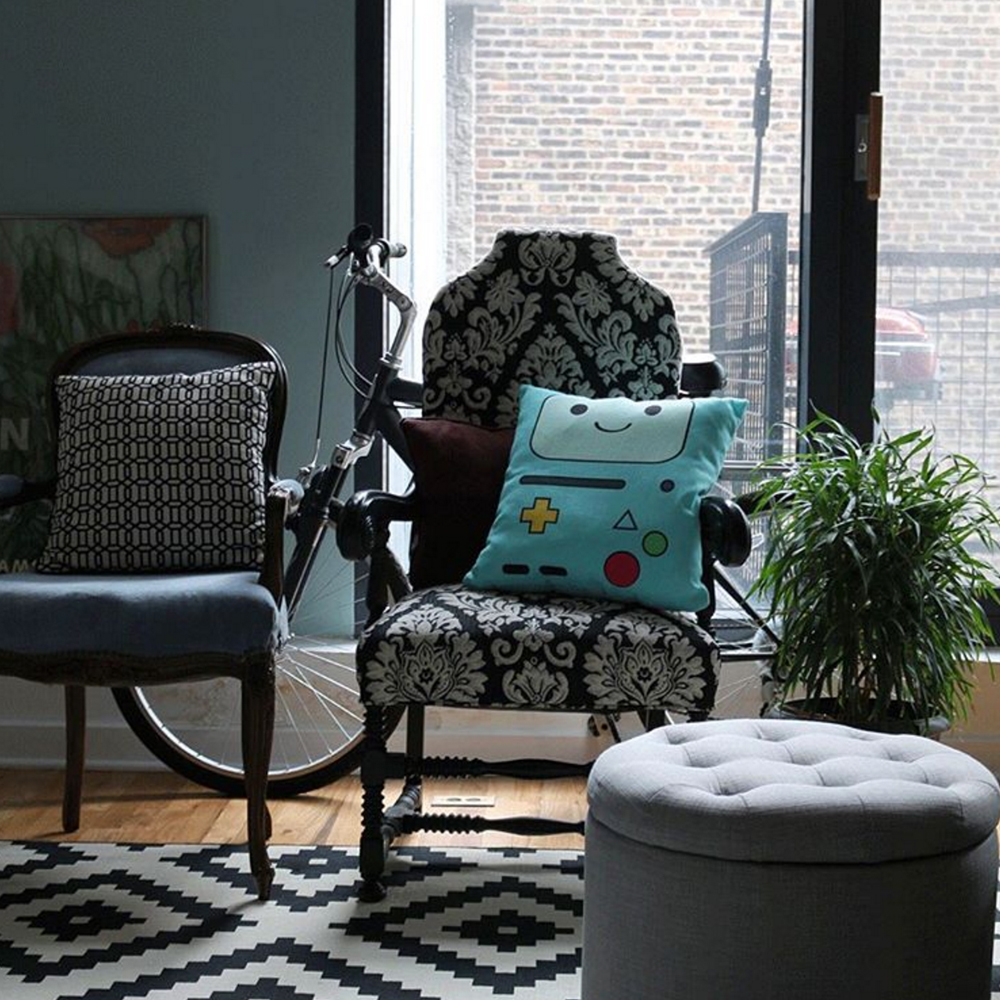
10. Use your friends and fam
Problem: You can only display your art in your bedroom or living room so much before the location gets old. You want to show it off in different places.
The solution: Your friends and family are great resources. Ask them to buy some of your prints (give ‘em a discount) or even provide the art yourself and ask if you can take some pictures of it in their cool space. Or, if they hang your wall art, ask them to share photos of it on social media. The photo of that pillow, for example, was taken in a friend’s apartment!
Sources for this post (and resources for you):
- “Real World Ways to Sell Your Art: Approaching Local Coffee Shops” (artcareerbuilding)
- “Showing Your Art in Cafes, Restaurants, Banks and Other Venues” (red dot blog)
- “Selling Art: 17 Top Tips From the Experts” (The Guardian)
- “Gone Hollywood: Getting Your Art on a Film or TV Set” (artbusinessnews)
- “How Cold Emailing Helped Craft Street Design Go From Side Hustle to Full Time Business” (Shopify)
- “Brooklyn Photographer Makes $15,000 in a Single Day Selling Prints on Instagram” (petapixel)
- “Should You Sell Your Art Framed?” (Marketing Tools for Artists)
- “99 Ways to Market Your Art” (copyblogger)
. . .
We’re an artist community built on the power of helping each other succeed — if you’re reading this and have tips of your own to share, please do so in the comments! Thank you!
Illustrations done by the amazing Katie Lukes


